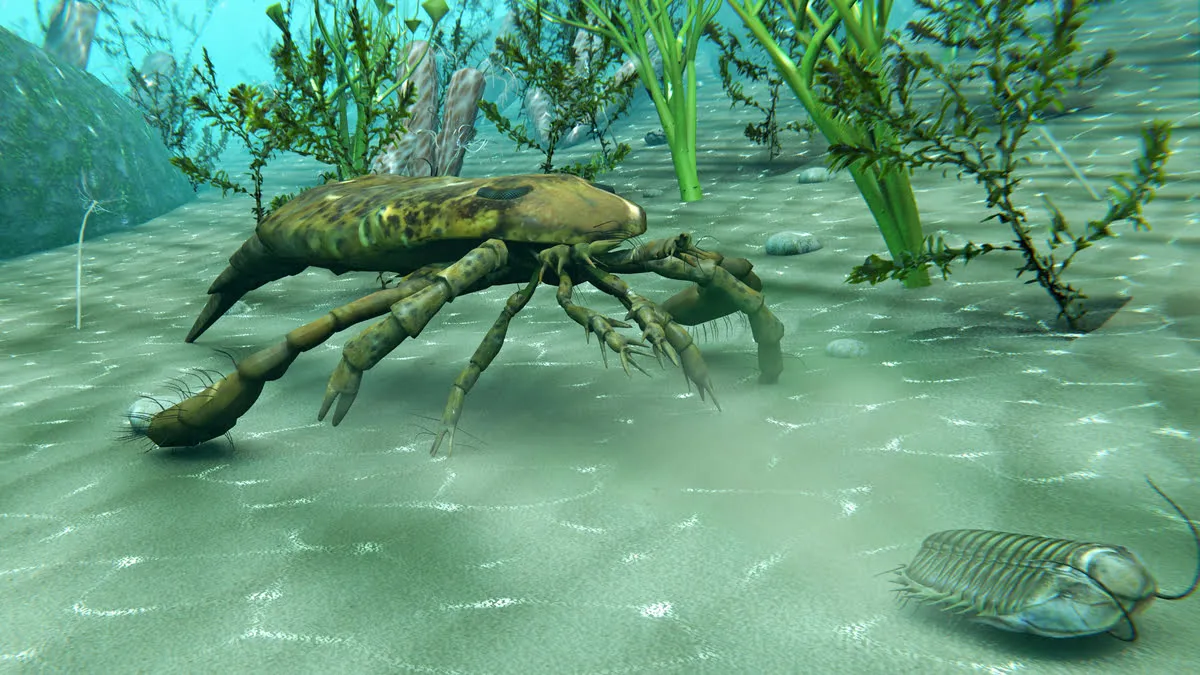When most people think of mass extinction, their first thought is the end of the dinosaurs. You probably ended up here in search of a much older extinction.
We’re going to discuss the first mass extinction: the End-Ordovician event. While you’re better off staying to read up on the topic, I’m sure you want to cut to the chase. What caused the End-Ordovician mass extinction?
The End-Ordovician mass extinction was likely caused by a perfect storm of climate cooling, sea level drop, and ocean chemistry changes. Glaciation shrank shallow seas where diverse marine life thrived. Volcanic activity acidified oceans, making survival difficult for shelled creatures. These combined environmental stresses wiped out an estimated 85% of species on Earth.
What a mouthful! Before we can discuss this event, however, we must first discuss extinction itself. Let’s get started!
What is Extinction?
Extinction occurs when a species completely dies out and none of its members are left. Examples of organisms that have gone extinct include the beloved, non-avian dinosaurs, the dodo bird (Raphus cucullatus), the Tasmanian tiger (Thylacinus cynocephalus), and many, many other organisms.
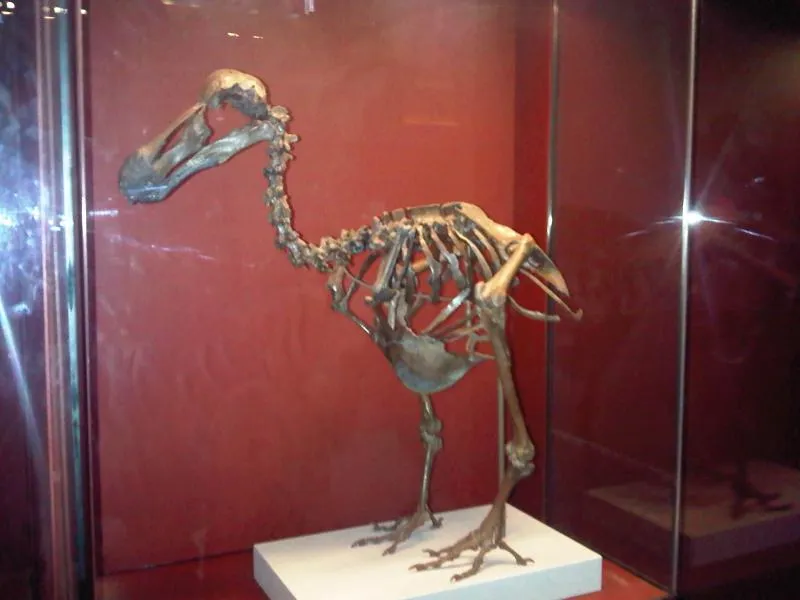
As unfortunate as it may sound, extinction is a natural part of life. Just as evolution creates new species in response to a changing environment, species also go extinct in response to that same changing environment.
This is today’s reality. It has been the reality facing life on Earth since life first appeared roughly 3.8 billion years ago.
Scientists estimate that, on average, a few species go extinct every few years. One estimate, for example, postulates that one species goes extinct every one to ten years.
Such rates of extinction are known as background rates. They reflect that as life constantly evolves to meet a changing Earth, some species also go extinct.
Sometimes, however, the rate of extinction dramatically increases above background rates. Imagine that, instead of just a few species going extinct per year, over half of all species on Earth vanish within a relatively short amount of time.
What could cause such a thing? How did the remaining species survive, and what would become of them? Would life ever recover?
As scary as the above scenario may seem, it has happened multiple times in Earth’s past. Every time such an event occurred, it permanently altered the course of life on Earth both by killing off many older species and creating room for new ones to evolve. Scientists call these events mass extinctions.
What Are Mass Extinctions?
Throughout Earth’s history, five mass extinctions have occurred: the end-Ordovician, end-Devonian, end-Permian, end-Triassic, and end-Cretaceous.
In each of these events, a significant number of Earth’s species went extinct within a short amount of time. Scientists refer to these events as the “Big Five.”
Of the Big Five, the most famous one is the end-Cretaceous event, because it saw the end of the non-avian dinosaurs when a massive asteroid struck the Earth.
The other famous mass extinction, the end-Permian event, also known as “The Great Dying,” saw up to 96% of marine life and 70% of terrestrial vertebrate life go extinct.
You may be wondering, what about the other extinction events? What caused them, what died, and what survived? In this article series, we will be looking at each extinction event in detail and answering every one of these questions.

So, without further ado, let’s dive into the first mass extinction event in Earth’s history: the End-Ordovician Mass Extinction. Before we discuss it, however, we need to first understand more about life during the Ordovician Period. First, we need to travel even further back in time to the Cambrian Period.
The Cambrian Explosion
The Cambrian Period which spanned 538 to 485 million years ago opened with one of the most important events in Earth’s history: the Cambrian explosion. In this event, almost all of the major phyla of animal life appeared and/or diversified, and ecosystems became increasingly complex.
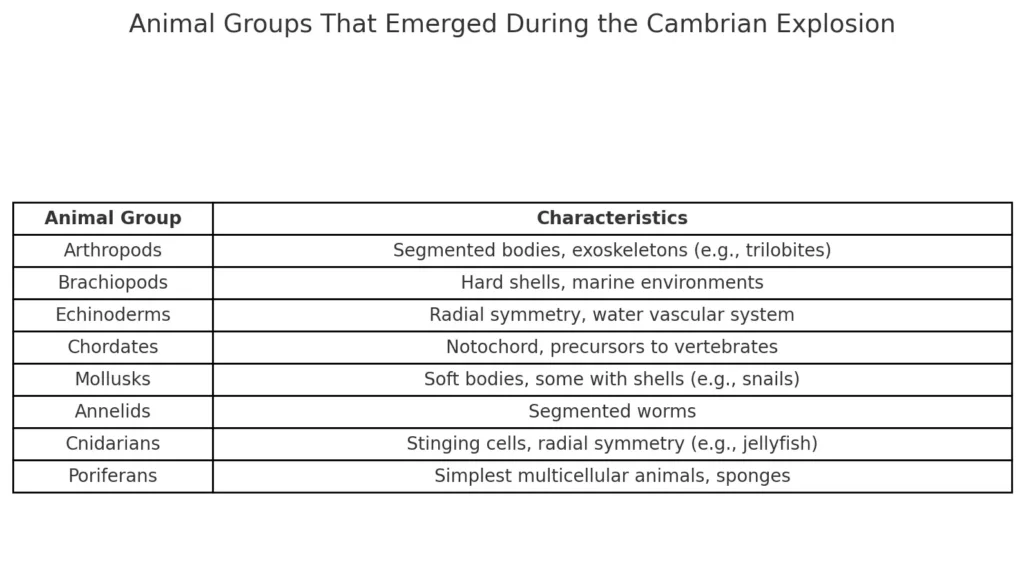
Note that at least some of these animal taxa had roots that stretched back into the Precambrian, although the fossil record becomes increasingly difficult to interpret before the Cambrian Period.
The first trilobites emerged, as did the first chordates, meaning vertebrate ancestors, and animals developed shells to protect themselves. They also began burrowing into the sediments on the ocean floor instead of merely crawling along the bottom, and reef structures appeared, too.
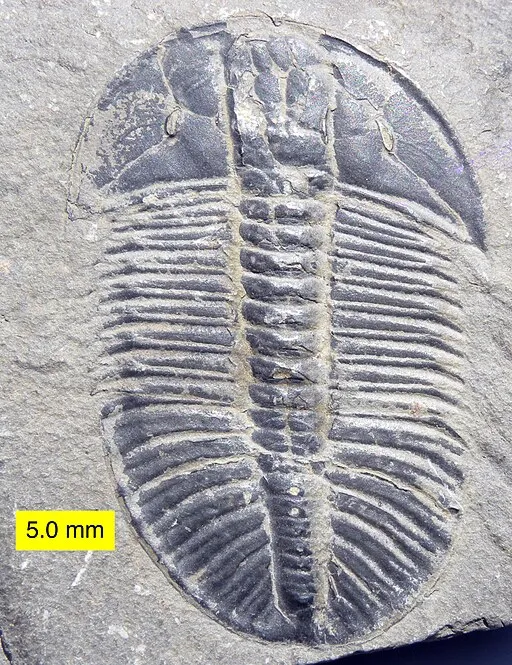
This rapid diversification of lifeforms led to the establishment of complex ecosystems and food webs. Trilobites, with their segmented bodies and calcified exoskeletons, became one of the most successful early animal groups, occupying various ecological niches in the Cambrian seas.
Trilobites are awesome, but not the main topic of this article. If you want more on them, check out this Encyclopedia Britannica article. They make great gifts too as we’ve covered in another article.
The appearance of chordates was a significant milestone, as they represented the evolutionary precursors to vertebrates, including fish, amphibians, reptiles, birds, and mammals.
Check out this video by the Paleo Analysis YouTube channel. This channel has a great series on the history of life that goes into great detail, which we will reference throughout this series of articles.
Scientists aren’t entirely sure what triggered this burst of new life forms, but they suspect that higher oxygen levels in the atmosphere and oceans played a significant role. Whatever the cause, the Cambrian period was crucial for life on Earth.
Most of the major animal groups we know today can trace their origins back to this time. Without the Cambrian explosion, our planet might have remained a much simpler place, populated only by microbes and basic creatures.
If you’re curious about the causes of the Cambrian explosion, I found this article by Scientific American very interesting.
While many wonderful life forms evolved during the Cambrian, their reign would be short-lived. You’re probably thinking, “What, another extinction?” Yep.
The Cambrian-Ordovician Extinction Event
At the end of the Cambrian, we do see an extinction event, dubbed the Cambrian-Ordovician extinction. This extinction occurred around 485 million years ago.
The causes of the Cambrian-Ordovician extinction event are not fully understood, but several factors are thought to have contributed:
- Climate Change: Shifts in global temperatures could have affected marine environments, leading to habitat loss and changes in ocean circulation patterns.
- Sea Level Fluctuations: Changes in sea level, possibly due to glaciation or tectonic activity, might have reduced the shallow marine habitats where many Cambrian organisms lived.
- Changes in Ocean Chemistry: Alterations in the chemistry of the oceans, such as changes in oxygen levels or an increase in toxic elements, could have created inhospitable conditions for many marine species.
- Predation and Competition: The rise of new predators and increased competition for resources may have driven some species to extinction.
While this was only the first mass extinction event, the result in a significant turnover of species. Many of the early Cambrian fauna declined or went extinct, making way for new groups of organisms that would dominate the Ordovician period.
The huge burst of new species during the Cambrian explosion set the stage for the Ordovician radiation that followed. With all these new lifeforms evolving, the Ordovician Period saw an explosion in the variety of creatures, especially in the oceans. Marine life in particular went through another major diversification during this time.
The Ordovician Radiation
The Ordovician Period spanned 485 to 444 million years ago. The Ordovician continued the evolutionary trends that began during the Cambrian Period. Scientists refer to this continuation as the “Great Ordovician Biodiversification Event” or “GOBE.”
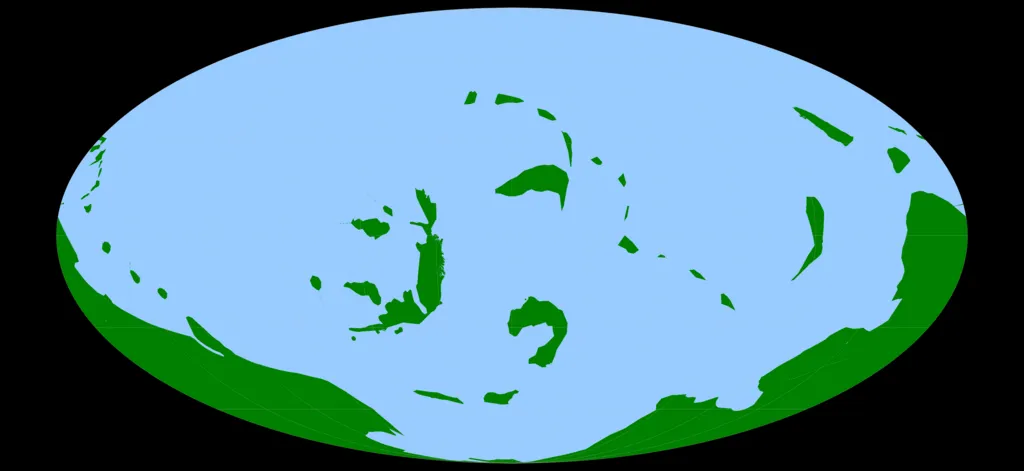
The GOBE saw a dramatic increase in the diversity of marine life throughout the entirety of the Ordovician Period. Whereas the Cambrian explosion created many new phyla of animals, the GOBE instead filled these phyla with new members including new orders, families, genera, and of course, species of animals.
Groups of animals that increased in diversity include the cephalopods (nautiluses, etc.), graptolites, brachiopods, echinoderms (starfish, sea urchins, etc.), bryozoa, sponges, and corals as well as other groups of organisms including acritarchs, radiolarians, and others.
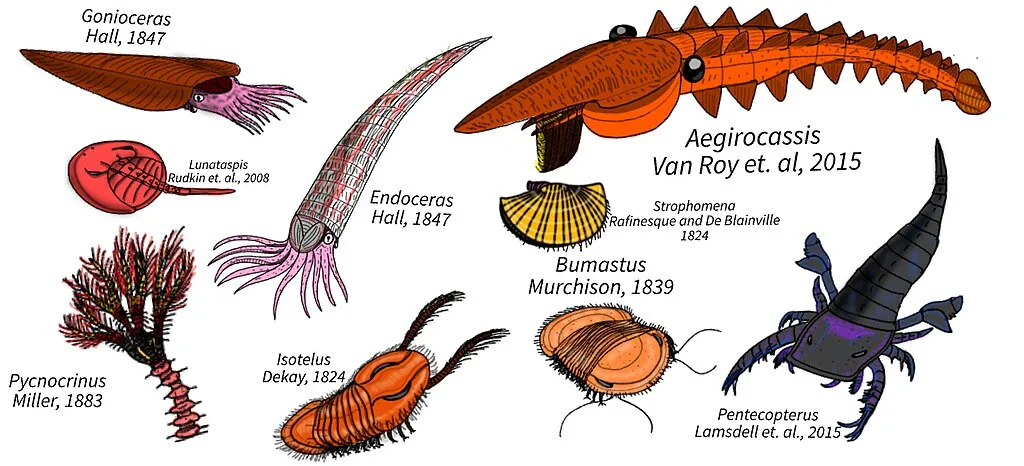
Check out the image above to get a look at some of these whacky designs.
Not only did the raw volume of species increase, but their ecosystems increased in complexity as well. Whereas the Cambrian ecosystems were largely limited to occurring on or near the seafloor, the GOBE produced communities of animals that filled the water column from top to bottom.
On the seafloor, predatory arthropods like giant sea scorpions up to 10 feet (3 meters) long actively hunted smaller prey. Other arthropods like the triple-spiked Archaeolepis evolved into formidable apex predators.
With such an increase in organismal diversity and ecosystem complexity, it’s no surprise that organisms started migrating much more, too. One of the last major effects of the GOBE was that Ordovician organisms migrated throughout Earth’s oceans and spread out into new habitats.
At the end of the Ordovician Period, Earth’s seas were abundant with many classic Paleozoic organisms. Reefs were constructed by sponges, horn corals, stromatoporoids, crinoids, and other creatures.
Trilobites and crinoids (sea lilies) were found all over the sea floor, and the waters above were filled with all sorts of cephalopods, especially orthoconic nautiloids, and the occasional jawless fish.
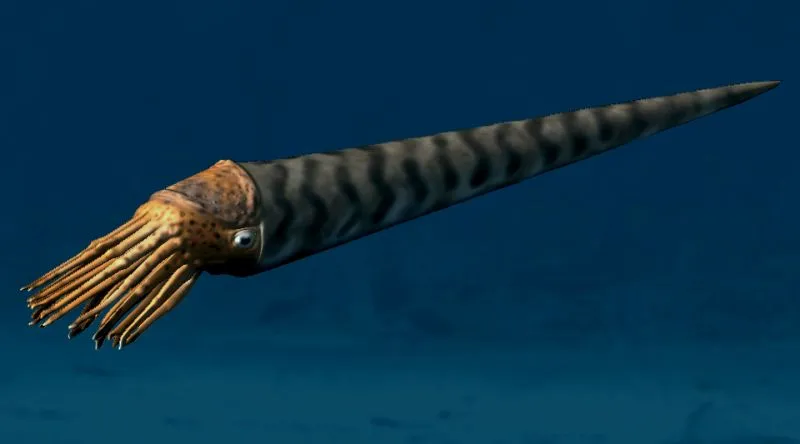
The GOBE wouldn’t last, however: life on Earth was about to have a rude awakening and experience a calamity the likes of which it had never seen before.
Climate Change at the End-Ordovician
Unlike the Cretaceous Period, which ended almost immediately when an asteroid struck the Earth, the Ordovician Period ended due to something much slower and more insidious: a one-two punch of climate change driven by plate tectonics.
How could plate tectonics cause climate change? It all has to do with oceanic currents and the positions of land masses relative to the equator and one another.
Land absorbs less thermal energy from sunlight than water. When large amounts of land are near the equator, the Earth will cool. Additionally, if land masses block the circulation of oceanic waters from the warm tropics to the frigid poles, then the Earth will cool further.
At the end of the Ordovician Period, just such a scenario occurred. In the first punch of extinction, plate tectonics caused the Earth to experience an ice age that covered the South Pole with an ice cap while lowering both global temperatures and sea levels.
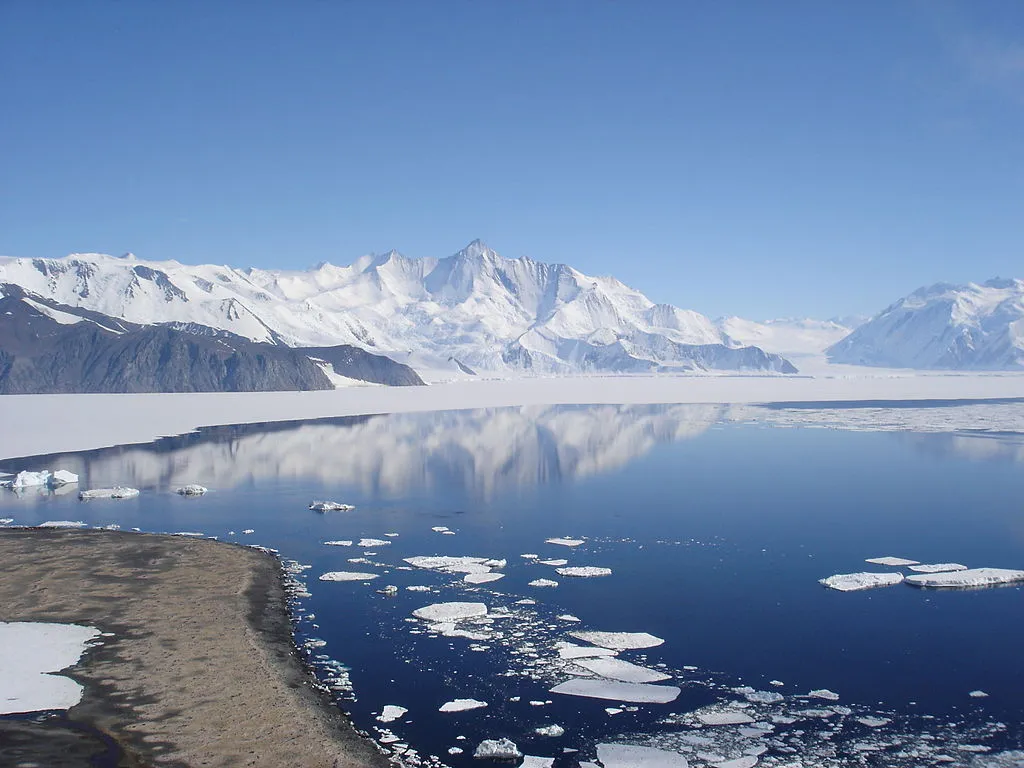
This stressed the organisms that were used to higher temperatures and sea levels, and many of them couldn’t survive the climate changes.
The second punch came about a million years later when plate tectonics caused the Earth to warm up again. Ironically, the sudden change in temperature and sea levels that undid the ice age once again stressed out the organisms that survived the first punch, and even more species went extinct.
The changes in ocean chemistry that accompanied these climatic shifts likely played a crucial role in the extinction event. The influx of nutrients from melting glaciers and increased weathering of rocks on land could have led to eutrophication in marine environments, causing dead zones with low oxygen levels.
These hypoxic conditions would have been inhospitable for many marine species, favoring only those that could tolerate such extremes, thus reshaping the biodiversity of the period. Those organisms that did survive were likely those that had greater flexibility in their habitat preferences and could survive in low-oxygen conditions.
Nature’s Damage Control
As a result of these climate changes, approximately 85% of all life on Earth went extinct. Not all was lost.
Although many species went extinct, all of the higher taxa of animals survived including brachiopods, cephalopods, trilobites, corals, echinoderms, chordates, and graptolites. These survivors would provide life with everything it needed to repopulate.
So let’s recap. We could write an entire book on the many proposed factors that led to this mass extinction, but I’ve put this into a reference chart.
| Potential Cause | Explanation |
|---|---|
| Climate Change | Changes in global temperatures could have led to habitat loss and disruptions in marine environments due to altered ocean circulation patterns. |
| Sea Level Fluctuations | Rising or falling sea levels, driven by glaciation or tectonic activity, may have reduced or altered shallow marine habitats where many species lived. |
| Ocean Chemistry Changes | Alterations in ocean chemistry, such as changes in oxygen levels, pH, or the introduction of toxic elements, could have made the marine environment inhospitable for many species. |
| Predation and Competition | The rise of new predators and increased competition for resources may have contributed to the extinction of some species. |
| Asteroid/Comet Impact | Some scientists propose that an extraterrestrial impact event could have played a role. |
| Volcanic Activity | Increased volcanic activity and the release of greenhouse gases or other substances could have contributed to environmental changes and ocean acidification. |
| Tectonic Processes | The breakup or collision of continents and associated tectonic processes could have affected oceanic circulation patterns, sea levels, and the distribution of shallow marine environments. |
After the End-Ordovician Extinction: Silurian Recovery
Immediately following the Ordovician Period came the Silurian Period which spanned from 444 to 419 million years ago. At a glance, not much changed between Ordovician and Silurian seas.
Both were filled with all manner of trilobites, corals, echinoderms, and unusual fishes, among other organisms. The specific species that populated those seas did, however, change dramatically as a result of extinctions at the end of the Ordovician.
With the advent of the Silurian Period came new opportunities for life to evolve and adapt to a changing world, and soon, some newcomers would arrive on the scene: fish with jaws.
These fish would explode in diversity in the subsequent Devonian Period which spanned 419 to 359 million years ago. Ultimately, they too would face a mass extinction of their own, but that’s a story for another day.
If you’d like to learn more about this extinction, check out the Sam Noble Museum website.
If you learned something interesting today please share this with someone you know. Which of these factors do you think had the greatest impact on the extinction? Leave us a comment to let us know what you think.

